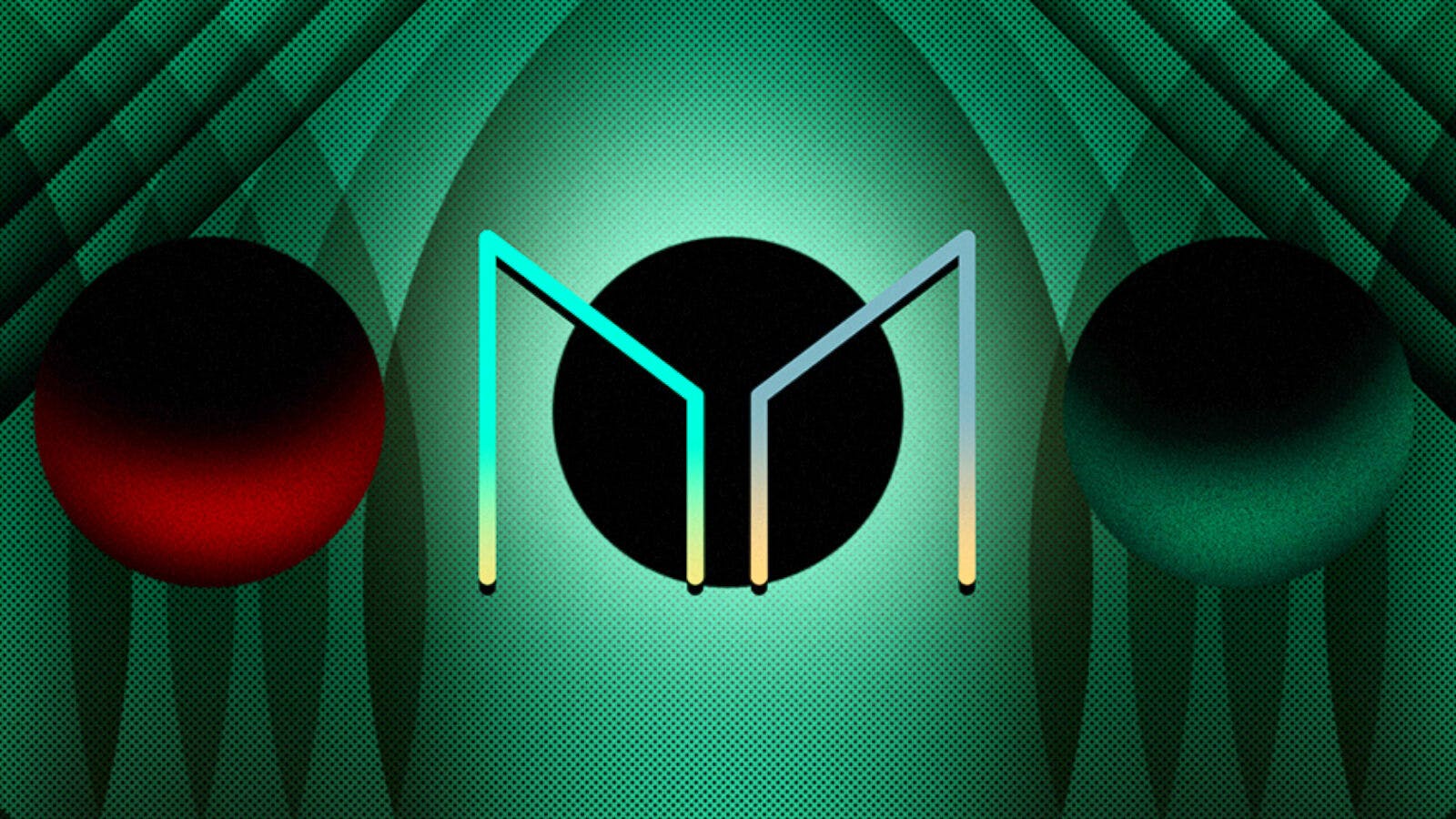MakerDAO Votes in Favor of Rune Christensen’s ‘Endgame Plan’
The plan involves restructuring the DAO into smaller teams with one aligned mission

Blockworks exclusive art by Axel Rangel
- 80% of MakerDAO community members voted in favor of launching the Endgame Plan
- A proposal to move $1.6 billion worth of USDC from Maker’s reserve into Coinbase Prime has also received the green-light
MakerDAO has voted in favor of moving forward with founder Rune Christensen’s “Endgame Plan” — which aims to make the protocol more decentralized.
As one of the largest DeFi protocols, MakerDAO has had to navigate complicated internal political and structural disagreements. The Endgame Plan was designed by Christensen in the hopes of improving protocol governance mechanisms.
In early October, Christensen submitted a set of Maker Improvement Proposals (MIPs) to set the ground rules that would enable the launch of the Endgame Plan
The plan proposes a new structure for the DAO to better align incentives between the different community members — including the DAO workforce, MKR holders, governance delegates, holders of the DAI stablecoin and Maker vault owners — by restructuring the DAO into smaller teams with one aligned mission.
These smaller teams, dubbed MetaDAOs, will each have its own governing token — they will have a specialized purpose that is aligned with the protocol at large but will be its own fully functional decentralized governance.
In an interview with Blockworks, Lucas Vogelsang, MakerDAO community member and founder of Centrifuge — a protocol bridging real-world assets to DeFi — said the Endgame Plan will be a huge experiment for MakerDAO to figure out exactly how it can run a fintech-startup in a fully on-chain and transparent way.
“If you want to do something different, it’s not going to be building the same structures that we already have — we have to experiment a bit, and that’s what we’re doing with MakerDAO,” Vogelsang added. “We’ll see how it works in six months from now and re-evaluate.”
Another proposal which received a green light from the MakerDAO community today is moving $1.6 billion worth of USDC from Maker’s reserve into Coinbase Prime, the centralized crypto exchange’s institutional investment arm, that will allow the protocol to earn a 1.5% yield on its assets.
In a community forum, the London Business School Blockchain Society, which supported the proposal, noted that the “1.5% yield is an attractive way to bring immediate income to Maker.”
“That said, this proposal is likely to create lock-in to holding USDC because of the revenue stream it creates, which runs contrary to the intention to decentralise our stablecoin holdings,” the group added. “We need to actively source other revenue opportunities to relieve this exposure.”
DAI is one of the largest stablecoins by market capitalization, with over $7.6 billion in circulation. Its price is pegged to the US dollar through a module known as the Price Stability Peg (PSG), which allows users to swap collateral for DAI at a fixed rate.
Currently, USDC makes up about 39% of DAI’s backing, but following the US Treasury’s decision to sanction crypto mixer Tornado Cash, MakerDAO has been looking at alternative ways to back the protocol’s crypto treasury.
It’s, as such, unsurprising that the community has also voted in favor of transferring $500 million worth of USDC to hedge fund Appaloosa and crypto broker Monetails. The USDC will be loaned to centralized exchange Coinbase, collateralized by bitcoin and ether.
Get the news in your inbox. Explore Blockworks newsletters:
- The Breakdown: Decoding crypto and the markets. Daily.
- 0xResearch: Alpha in your inbox. Think like an analyst.






